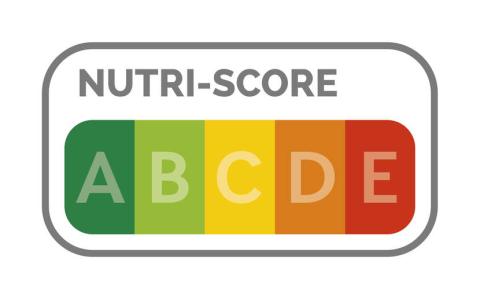Warning label on unhealthy food can drive up price
As of January 1, 2024, the Nutri-Score has been introduced in the Netherlands as the official food choice logo. Consumers can thus see how (un)healthy a product is. Marketing researchers Max Pachali, Arjen van Lin and Bart Bronnenberg did research on the prices of unhealthy products with a warning label and saw that most products with such a warning became more expensive. A win-win effect.
'Too much fat!' 'Too much sugar!' Front-of-pack nutrition warning labels are an important tool in the fight against obesity and have been introduced or are currently under consideration in many countries. It is known from research that warning labels on unhealthy foods encourage consumers to forgo unhealthy products. But the price factor also plays a role, according to research.
Price reaction
The research examined the effect of labels on unhealthy foods in Chile. The goal of policymakers was to raise awareness of food choices among consumers with lower socioeconomic standards. They often have less knowledge about healthy eating and often less access to health care. The response of price is key here. Indeed, labels can also backfire if, for example, manufacturers respond by lowering the prices of the labeled products to get people to buy the product anyway.

A label probably causes consumers who have less to spend, to buy less unhealthy products
Max Pachali
Higher prices
But the study showed the opposite. Max Pachali: ‘In our case, we see that the intended health effect of labels is reinforced because initially low-income consumers respond more strongly to the regulation and buy the labeled products less. As a result, labeled products face a higher proportion of higher-income consumers than before. As these higher-income consumers care less about prices, manufacturers of labeled products are able to raise prices after the warning label introduction. Thus, this response amplifies the effect of regulation by making it even more unattractive for low-income consumers to buy unhealthy foods.’
Companies can react
Companies can benefit from these outcomes as they help them how to change prices if nutritional warning labels become mandatory, Max Pachali said. They can anticipate, by, for example, using surveys, which consumers will respond most to the introduction of warning labels in a different market: lower socioeconomic groups with lower incomes, or higher socioeconomic groups with higher incomes. Pachali: 'If companies believe that lower-income consumers would respond more strongly to a warning label introduction, they should consider changing prices similarly to the Chilean case by making unhealthy products more expensive.'
The study How do nutritional warning labels affect prices has been published is the top core scientific journal Journal of Marketing Research
